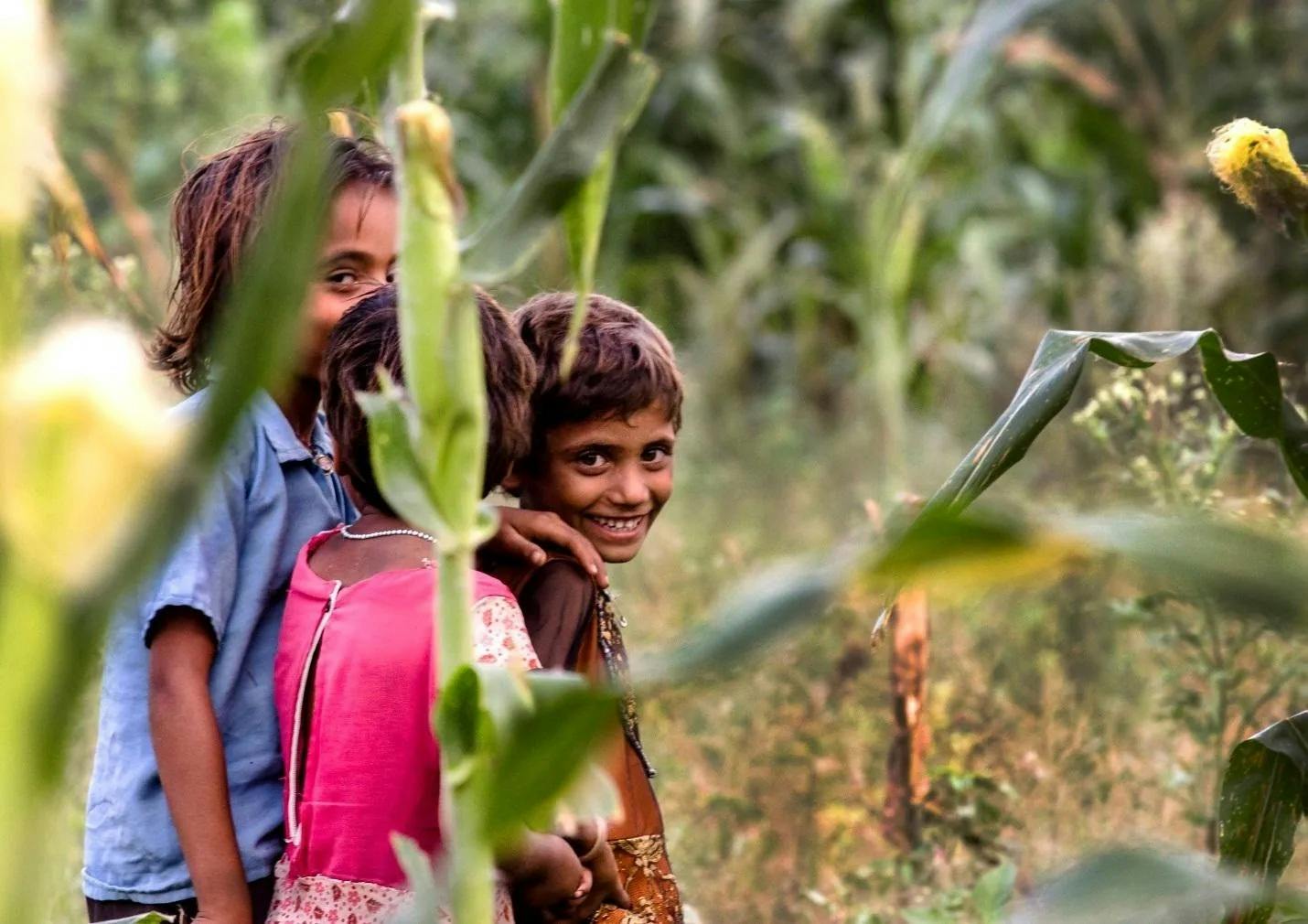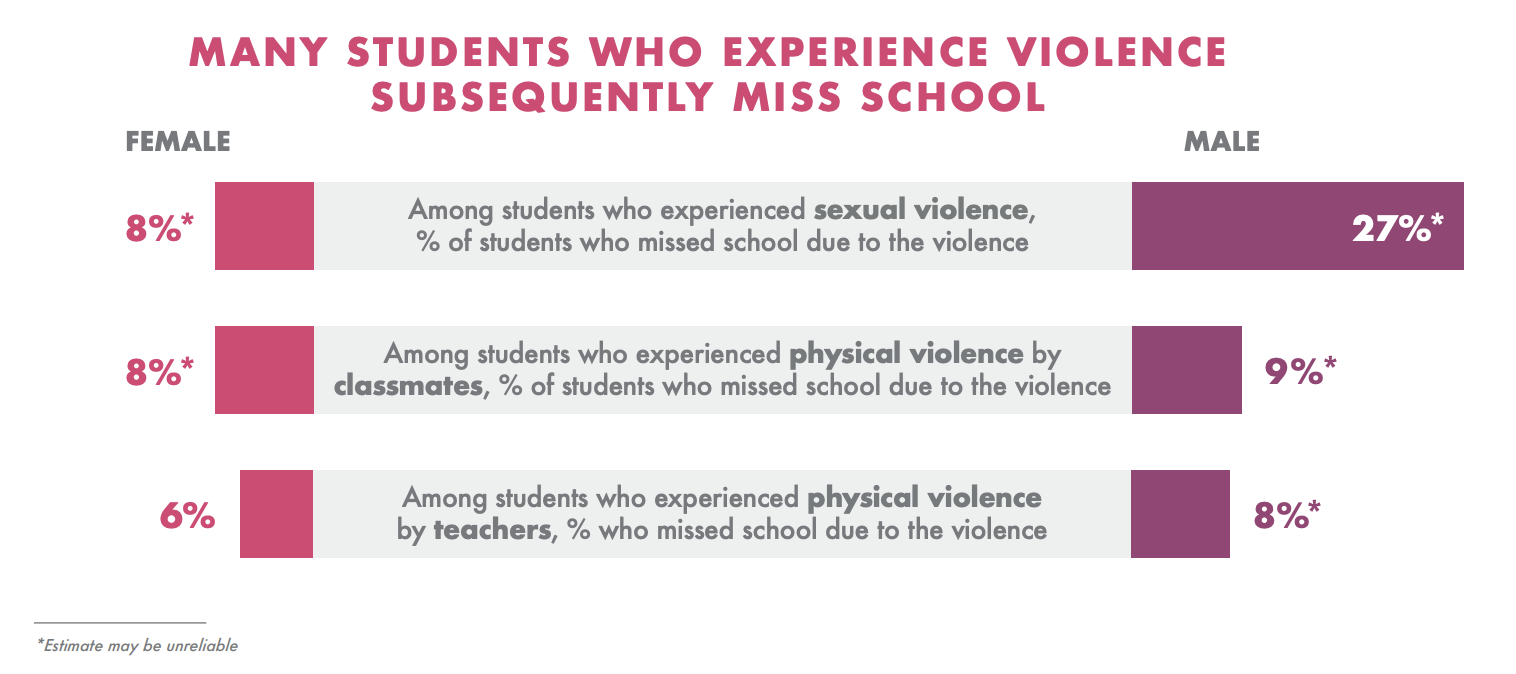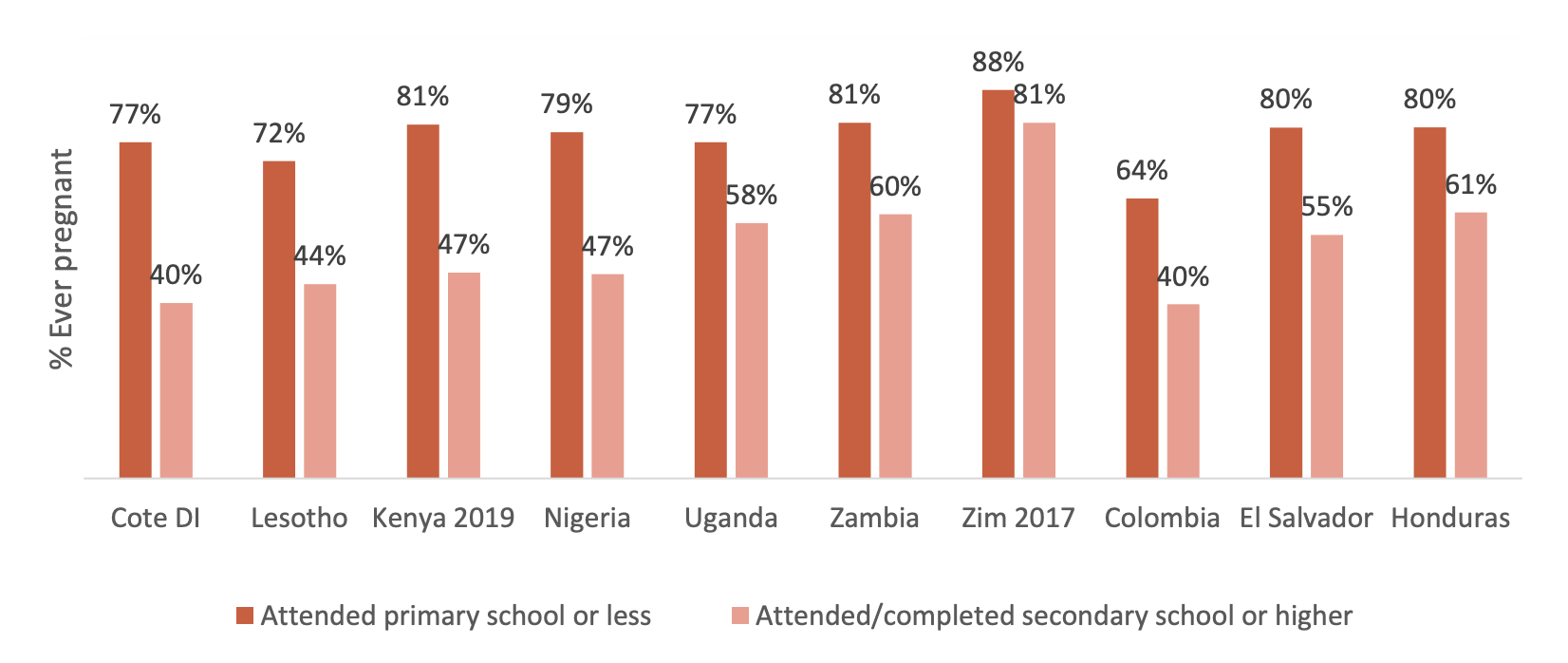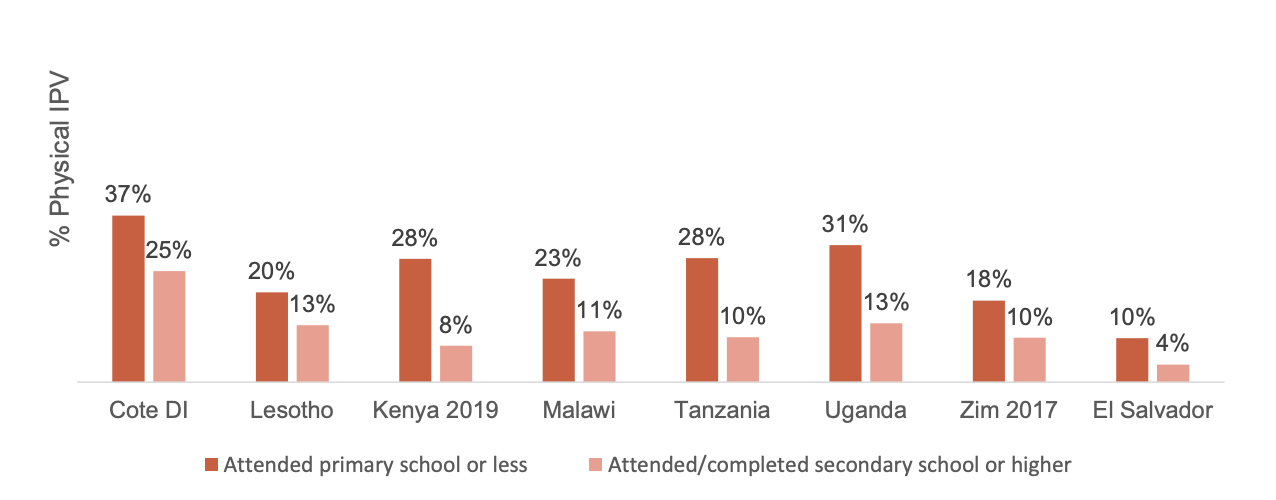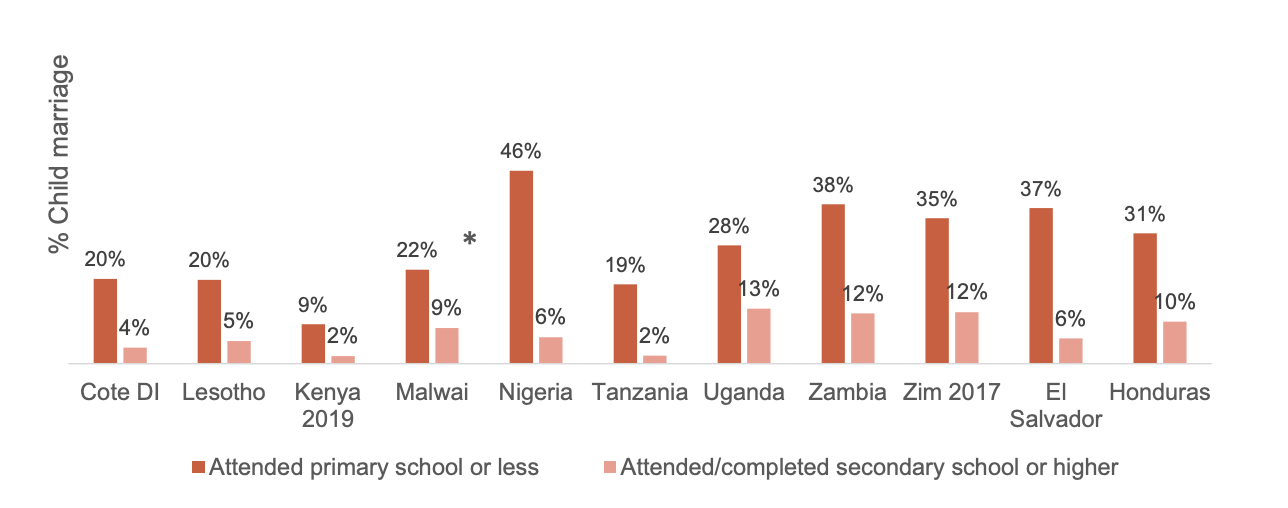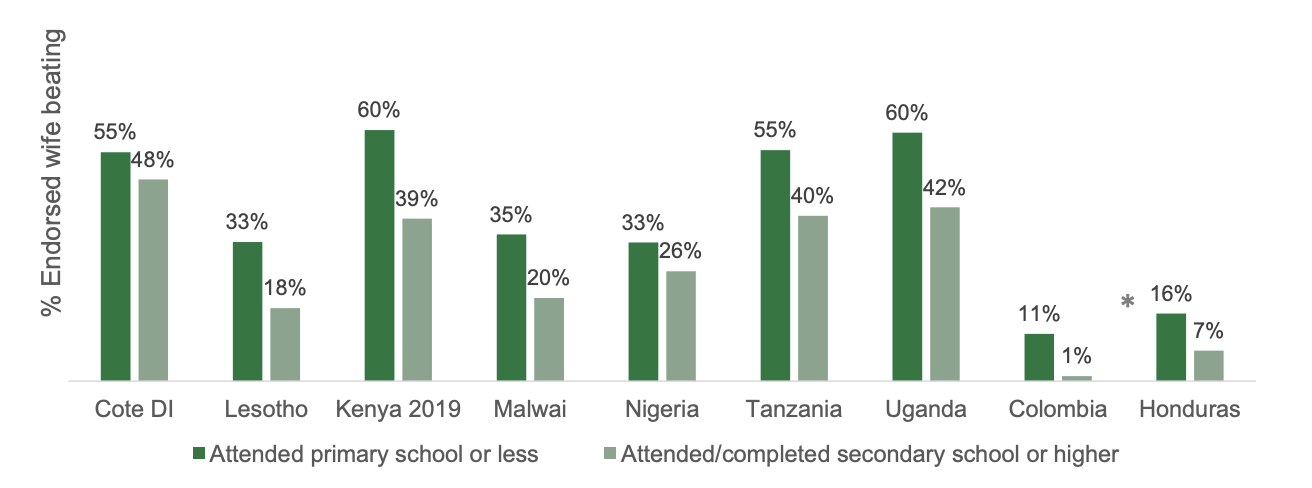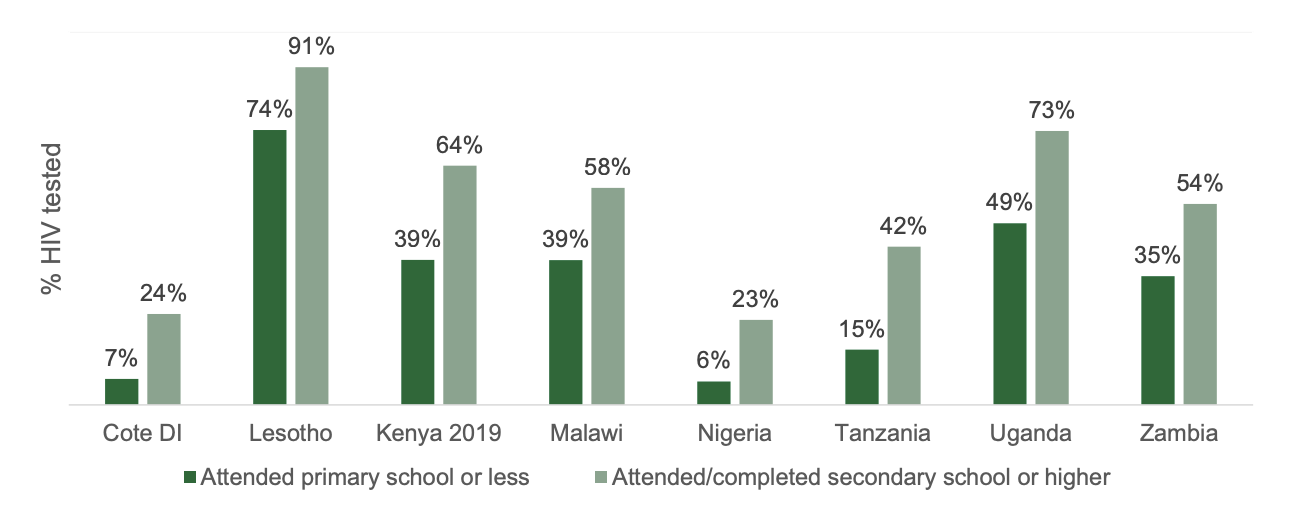Originally published by Global Education Monitoring Report on 17 November 2023
Last year, the United Nations declared November 18 World Day for the Prevention of and Healing from Child Sexual Exploitation, Abuse, and Violence.
The creation of this international day was a milestone in the work to increase global awareness of the horrific prevalence of sexual violence against children and the life-altering impact it can inflict.
Ending such violence should be a priority for every government. Historically, this has not been the case. Yet keeping children and adolescents safe is a vital foundation in their development and the cost of failing to do so is paid not just by them, but entire societies.
One clear impact of a lack of safety is on children’s learning ability and their educational outcomes. Increased school enrolment has been one of the global successes of recent decades and the vast majority of children now attend at least primary school. But school, and the way to and from school, are also one of the most common settings where they experience different forms of violence.
An estimated 246 million children experience school-related violence every year. School violence may include physical, psychological and sexual violence, and can take place inside or outside of the classroom, around schools, on the way to or from school, as well as online. It can be perpetrated by other students, by teachers or others in the school environment.
Violence in and around schools is a global issue, with the highest prevalence rates in Sub-Saharan Africa, South Asia, the Middle East and North Africa. The fact that school violence is a major policy concern is also reflected in one of the thematic indicators of Sustainable Development Goal 4, under its target 4a on safe and non-violent learning environments, which focuses on one of its forms: bullying.
Still, many countries lack the kind of data that provide accurate and comprehensive information on other forms of school-related violence, especially on sexual violence. For this reason, and given the shame that often surrounds sexual violence, these incidents often go unreported, meaning existing figures likely underestimate the real scale of this issue.
But even with limited global data, the impact is clear. The cost of this violence in lost future lifetime earnings could be as high as US$11 trillion, as children affected have their attainment undermined and are more likely to drop out of school.
Governments who invest in gathering detailed national-level information on the extent and nature of violence against their country’s children have a much clearer picture of the challenges they face – and therefore a sound basis from which to launch interventions designed to reduce such violence. They are equipped to turn data into action.
Recent data from the 2019 Kenya Violence Against Children and Youth Survey (VACS) shows that children who experience school-related violence often subsequently miss school. This was the case for those that had experienced physical violence by teachers and classmates, and especially for those who had endured sexual violence.
Often, harmful social and gender norms place girls at greater risk. Girls, and especially adolescent girls, are disproportionately affected, both by their peers and adults. In school, on the way to school, and online, they are more likely to experience violence, including intimate partner violence, sexual violence, in exchange for school fees or grades.
Additionally, the impact on girls’ learning outcomes has often been found to be more severe. Girls who drop out of school after experiencing violence are more likely to marry as children or have early pregnancies. This can have major negative consequences for the rest of their lives, not only in terms of lower earnings in adulthood, but also for their maternal health and the health of their children, their ability to make decisions within their household, and the risk of experiencing intimate partner violence.
It’s clear that a lack of safety at school can have terrible consequences for children. But data also tells us about the power of a safe education in improving children’s learning and life outcomes.
VACS data from 10 countries in Sub-Saharan Africa and Latin America has shown that pregnancy, child marriage and physical violence by an intimate partner is less common among girls attending and completing secondary school or higher education.
The same data shows important benefits for boys attending and completing secondary school or higher, including less frequent endorsement of intimate partner violence and getting tested for HIV more often.
Kenya stands as an example of just how data can be used to create, and subsequently assess, interventions designed to prevent and address school-related violence. One of only two countries – along with Eswatini – to have completed two different VACS, it is leading the way by using the surveys’ data to expand children’s protections in schools, introducing new legislation and amending outdated laws.
In particular, the 2015 Education and Training Sector Gender Policy and the 2016 National School Safety Framework are helping to create a safe and protective learning and working environment, and the 2022 Children Act was a pivotal amendment that provided enhanced legal provisions to safeguard the rights of children, including formally outlawing the use of corporal punishment.
The evidence is clear. Efforts to create safe and supportive school environments are not only essential in preventing violence, but also in enhancing children’s learning outcomes and long-term prospects.
It is not enough for children to attend school. We must also ensure they are safe doing so. Violence prevention and response should be integrated into education policy and programming to ensure safe schools for all students and giving special consideration to the gendered ramifications of this violence.
Poor school environments can enable violence, but good ones play a critical role in preventing it. Schools can serve as protective spaces for children that help change harmful norms and practices to ensure that all children enjoy the benefits of receiving an education free from the threat of child sexual exploitation, abuse and violence. We should use November 18 to demand that they all do.
